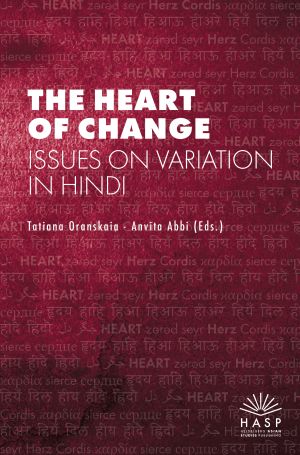Zitationsvorschlag
Lizenz (Kapitel)

Dieses Werk steht unter der Lizenz Creative Commons Namensnennung - Weitergabe unter gleichen Bedingungen 4.0 International.
Identifier (Buch)
Veröffentlicht
On the Non-Lexical Categories of avyay 'Invariables' and Their Grammaticalization in Pahari Languages, with a Comparison to Standard Hindi
Non-lexical categories of uninflected elements are usually only listed in Pahari grammars without much explanation. In such lists, conjunctions, coordinators and discourse particles (to, hī) are packed together with lexical elements such as adverbs (ab, kal) and interjections (are, hāy) under the Sanskrit umbrella term avyay. Similarly, adpositions are also barely listed after the well-developed sections on nouns. Grammatical elements are however most of the time connected to other functional or lexical words in the language, and the story of their grammaticalization itself is of great significance for understanding the relations between the given language and cognate or neighbouring languages. As a matter of fact, the grammaticalization process is all the more interesting in so-called dialects as standardization has been less variation-suppressive than in the so-called major languages: dialects, particularly those close to the regional major language they ‘belong’ to, are then the best standpoint for looking at the grammaticalization in major languages, since they are a kind of language sanctuary, where variation is preserved.
This article bears on this understudied aspect, with special reference to the so-called Central Pahari (Garhwali and Kumaoni) in relation to Standard Hindi, showing that the very diversity of forms can help to understand the nature and evolution of the equivalent material in Standard Hindi. Our theoretical framework combines historical grammar, theories of grammaticalization, functionalist typology, and occasionally contact linguistics.
Keywords standardization, language innovation, language adaptation, language acceptance, social cohesion, varieties of Hindi.









